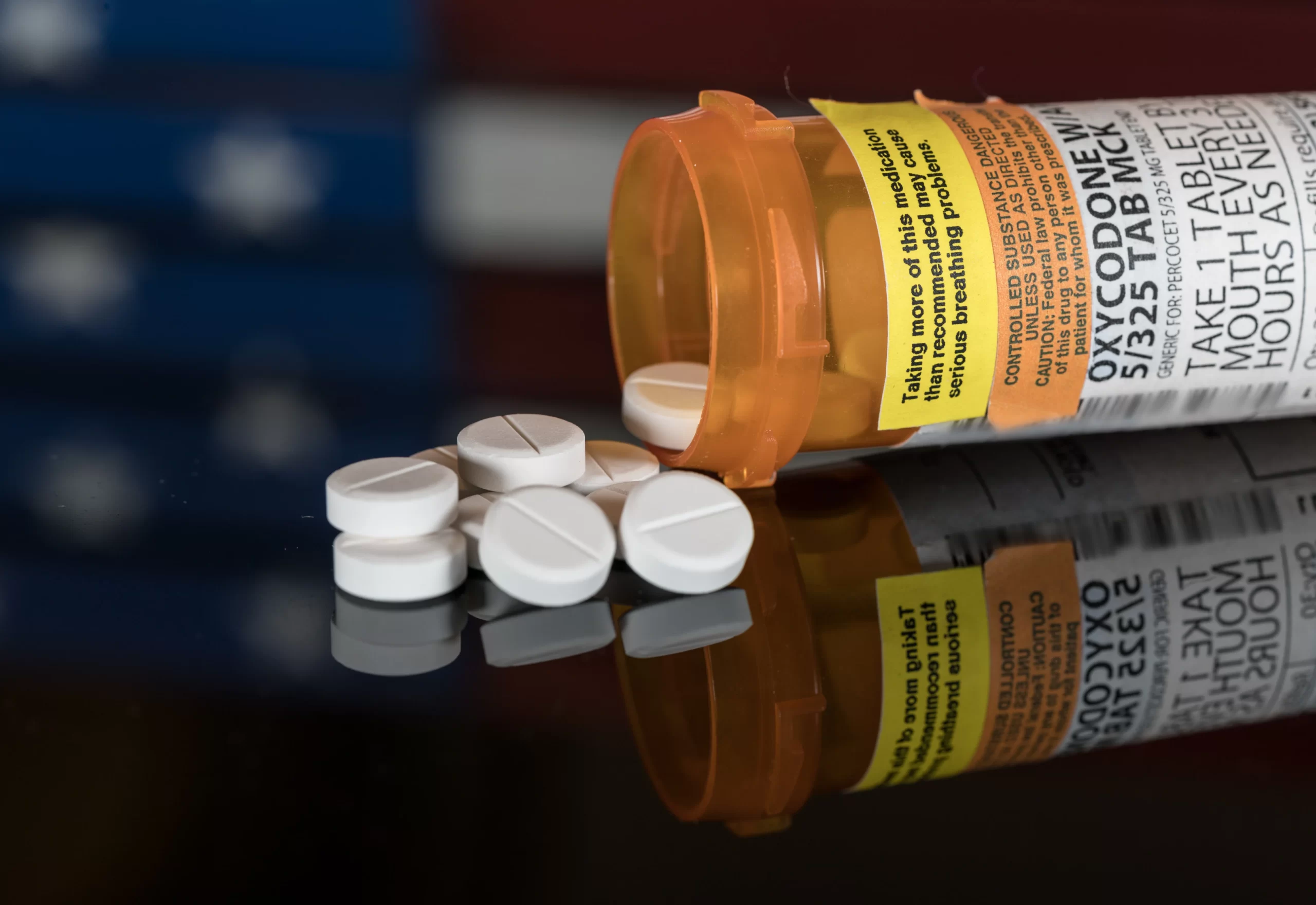Walgreens, CVS, Walmart Opioid Settlement: Navigating the Aftermath
The opioid epidemic has left an indelible mark on society, with pharmaceutical giants like Walgreens, CVS, and Walmart finding themselves in the midst of legal battles. In this article, we delve into the intricacies of the opioid settlement, exploring the background, legal implications, public reaction, and the broader impact on health, safety, and corporate responsibility.
1. Introduction
The opioid crisis has spurred significant legal action, and three major retail players—Walgreens, CVS, and Walmart—are at the center of attention. As we unravel the details of the opioid settlement, it’s crucial to understand the background of their involvement.
2. Background of the Case
Walgreens’ Involvement
Walgreens, a prominent pharmacy chain, faced allegations regarding its dispensation practices and the role it played in the distribution of opioids. Understanding the specifics of Walgreens’ engagement in the crisis is pivotal to comprehending the settlement outcomes.
CVS’s Role
CVS, a leading health care company, also found itself under scrutiny for its involvement in the opioid epidemic. Examining CVS’s role provides insights into the broader systemic issues contributing to the crisis.
Walmart’s Connection
As one of the world’s largest retailers, Walmart’s connection to the opioid crisis adds a unique dimension to the settlement. Exploring Walmart’s involvement sheds light on the varied facets of the pharmaceutical industry’s influence.
3. Legal Implications
The legal consequences faced by these companies are far-reaching, involving substantial penalties and fines. This section explores the financial repercussions and the wider impact on the pharmaceutical industry.
4. Public Reaction
The court of public opinion has been vocal in response to the settlements. Social media platforms have been ablaze with discussions, and understanding the sentiments of the public provides valuable insights.
5. Ongoing Initiatives
In response to the crisis, the implicated companies have taken measures to address the issue. This section delves into the initiatives launched by Walgreens, CVS, and Walmart to combat the opioid epidemic.
6. Health and Safety Measures
Changes in pharmacy practices and the monitoring of opioid prescriptions have become critical aspects of addressing the crisis. This section examines the alterations made in response to ensure public health and safety.
7. Government Regulations
Governmental bodies have responded with legislative actions to prevent future crises. Examining the regulatory landscape and potential future changes provides a broader perspective on the issue.
8. Corporate Responsibility
The accountability of these corporations is a central theme in the aftermath of the settlements. This section discusses the concept of corporate responsibility and the efforts made by these companies to rectify their image.
9. Impact on Stock Market
Investors keenly watch the stock performances of these companies post-settlement. Analyzing the impact on the stock market provides insights into investor confidence and market dynamics.
10. Lessons Learned
Reflecting on the opioid settlement case, there are valuable lessons to be learned. This section explores these lessons and outlines preventative measures for similar incidents in the future.
11. Rebuilding Trust
Regaining public trust is a significant challenge for the companies involved. Strategies for rebuilding trust and rebranding efforts are discussed in this section.
12. Comparison with Previous Cases
Drawing parallels with previous settlements in the pharmaceutical industry offers a broader perspective on systemic issues. Lessons learned from past legal actions inform the ongoing discourse.
13. Future of Opioid Crisis Management
The collaborative approaches and innovations in pain management are pivotal in shaping the future landscape of opioid crisis management. This section explores potential pathways forward.
14. Personal Stories
Amidst the legal intricacies, personal stories of those affected humanize the impact of the opioid crisis. This section shares narratives to foster a deeper understanding of the issue.
15. Conclusion
In conclusion, the opioid settlement involving Walgreens, CVS, and Walmart is a complex and multifaceted issue. The legal, social, and economic ramifications require sustained efforts and collaborative solutions for a meaningful resolution.
FAQs
- Q: How did the opioid crisis impact the stock market of these companies?
- A: The opioid crisis had substantial implications on the stock market, influencing investor confidence and market dynamics.
- Q: What measures have these companies taken to address the opioid crisis?
- A: Walgreens, CVS, and Walmart have implemented various initiatives to combat the opioid epidemic, focusing on health, safety, and corporate responsibility.
- Q: How are government regulations shaping the pharmaceutical industry post-settlement?
- A: Legislative actions in response to the opioid crisis are influencing the regulatory landscape, with potential future changes on the horizon.
- Q: What role does corporate responsibility play in the aftermath of the settlements?
- A: Corporate responsibility is a central theme, and companies are taking steps to be accountable and rectify their image.
- Q: How can these companies rebuild public trust after the opioid settlement?
- A: Rebuilding trust involves strategic efforts and rebranding to address public concerns and restore confidence.







